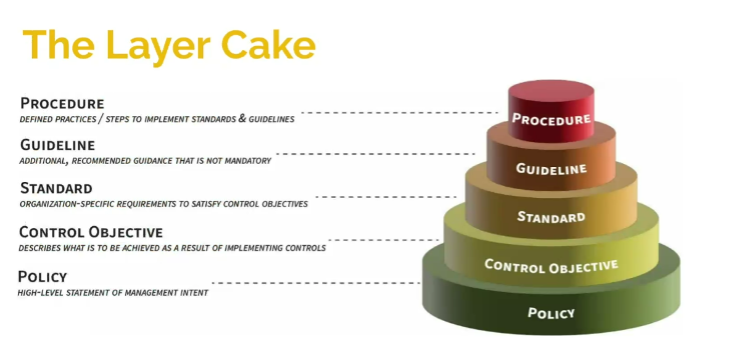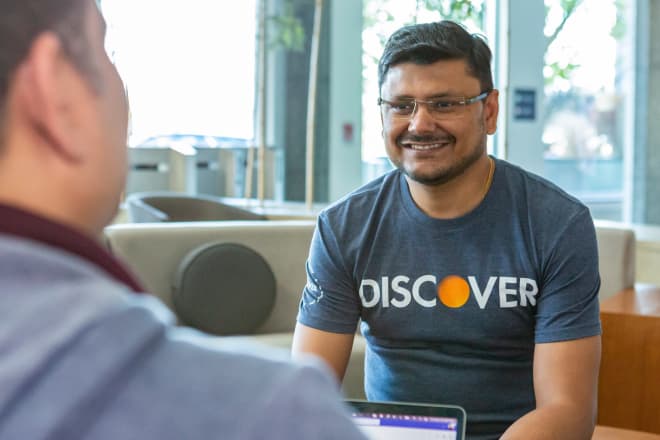In our most recent automation roundtable on December 12, 2023, experts across industries came together to discuss hot topics in the automation industry as well as “wish lists” and projections for 2024.
The agenda included:
- Measuring the impact of automations
- The myth of Policy as Code
- 2024 automation wish lists
Measuring the impact of automations
Pranav Lele, Associate Partner at ZS Associates, spoke about measuring the impact of automation. Pranav shared that “Setting up a strong baseline for the As-Is and clear path to get to the To-Be state is critical for driving success.”
He began by describing a “define” phase which would include defining standard metrics for measuring automation success, while allowing flexibility for nuance based on business need. For defining metrics, he suggested that we focus on 6S’s: Savings, Salability, Scalability, Standardization, Smartness, and Satisfaction. With these metrics defined and aligned upon organizationally, programs can then baseline as-is processes, measure to-be processes and then continually reassess the gap between the two (as-is, to-be).
Pranav concluded that there are two additional S’s - Success and The Secret Ingredient. Focusing on savings, scalability, standardization, salability, smartness, and satisfaction to define metrics can lead to success for your organization. And, finally, the most important one: The Secret Ingredient. The Secret Ingredient is telling an automation story. Every automation story has a human impact, so telling that story is the most compelling part of the journey.

The myth of Policy as Code
Bill Bensing is an author who is passionate about fixing the gap between security, compliance, auditing, and DevOps. He spoke about the idea of Policy as Code, a term he defined as “an unfortunate and misleading colloquialism.”
He suggested the use of three guiding principles instead:
- Governance Domain-Driven Design: This principle focuses on modeling software to match the domain according to input from the domain experts.
- Control-Centric View: He shared an image of a “Layer Cake” with policy at the base, followed by Control Objective, Standard, Guideline, and Procedure. He made the point that the connection between each layer should be so well known and understood that if one changes, the impact on others is known and easy to identify what needs updated.
- Irrefutable Link Between High and Low Level: This principle highlights the importance of having a system that allows anyone, internal or external, to easily relate and understand the link between "high-level intent and lower-level activities."

2024 automation wish lists
Participants were asked to share their automation wish lists for next year. Topics included automating governance, process mining, process mapping, GenAI (Generative Artificial Intelligence) integrations, and many more. The Discover hosted Intelligent Automation Roundtable Conversations will resume in 1Q of 2024. This wish list and feedback from previous roundtables, general industry headlines and hot topics will inspire topics for 2024 roundtable discussions.
We look forward to seeing you and learning more with you on our automation journeys in 2024!
Join us for the next conversation
Thank you to all who joined the 4Q Automation Roundtable Conversation. Discover will host their next roundtable in 1Q 2024. More details specific to the next Roundtable will be posted as the event draws closer. Watch the automation space for more updates on the event!



